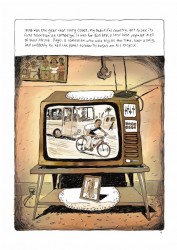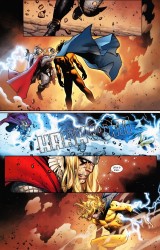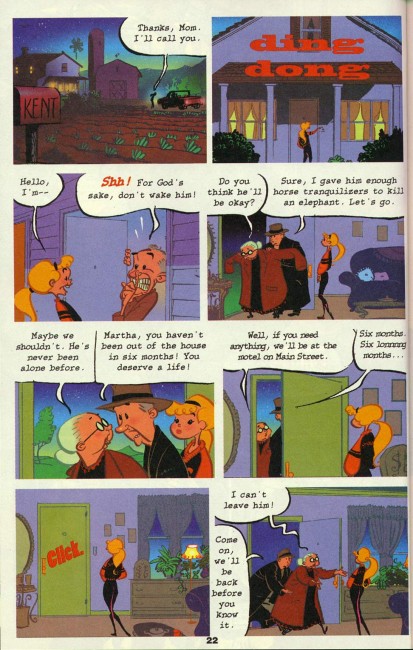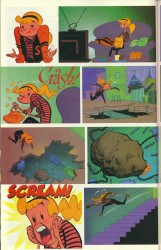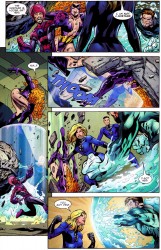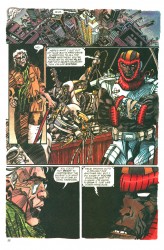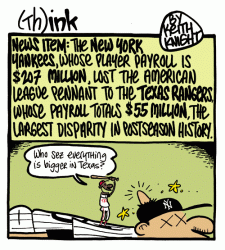
Black History Month 2011: Christopher Priest
February 16th, 2011 Posted by david brothers



art by dan fraga
Christopher Priest
Selected Works: The Crew, Black Panther, Captain America & The Falcon Vol. 2: Brothers And Keepers
I find myself less and less interested in who was the first to do something. Milestones are nice, and arriving is undeniably important… but it’s not very interesting, is it? Who cares who was first, if the person who was first was wack? Being first doesn’t mean much if that’s where your accomplishments stopped.
Christopher Priest was a handful of firsts. At the very least, he was the first black editor at Marvel and DC, and he may well have been the first black writer at Marvel. He’s had a long career, having gone from Marvel to DC to Valiant to DC to Marvel and out over the course of what, somewhere around thirty years? It’s been a long time since we’ve seen any new comics product from Priest, and as near as I can tell, he’s retired.
Priest managed to be first and good. He wrote a couple of classics while he was at Marvel, edited and wrote a gang of good ones at DC, and I’m pretty sure that his runs on books like Black Panther are generally regarded fondly. More than that, Priest has range. His Spider-Man vs Wolverine is a good book, and perfectly in line with the cape comics of the day. Quantum & Woody is a screwball comedy. Black Panther veered from political intrigue to Kirby homage to Avengers-style action. The Crew was street level spy slash crime comics.
Priest is a consummate writer. While he has a few quirks I’m not particularly fond of, he’s done some genuinely impressive work in a variety of genres and with a number of different gimmicks. He redefined Black Panther forever in his five years on the book, and I still say that The Crew is the best book Marvel ever cancelled. Priest earned his place in history.

